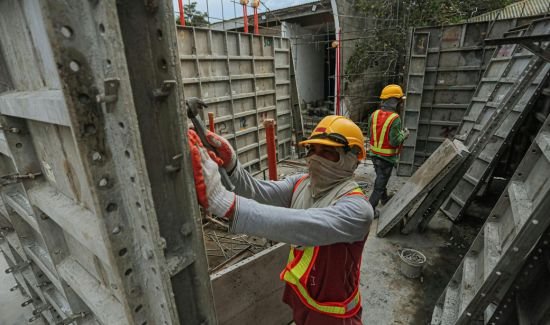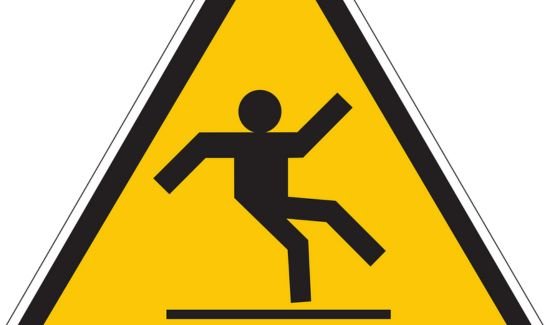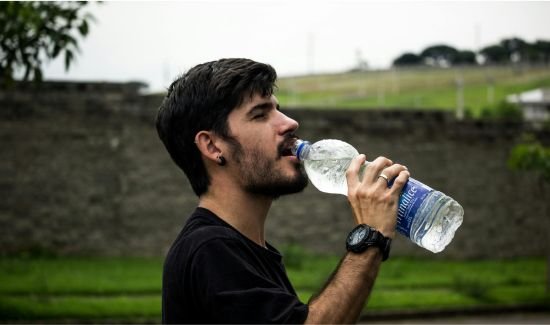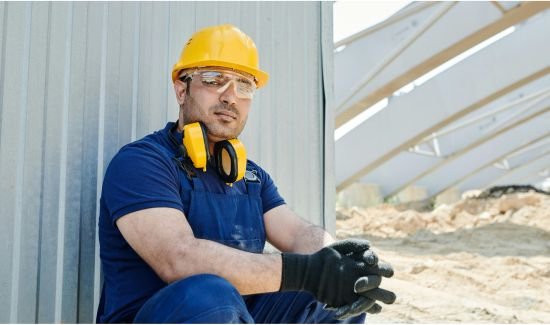
As the weather changes the construction workers, face challenges like overcast weather, slippery winds, and low lighting. It’s important to stay safe on site, and safety tips become more engaging if a little fun is added in. To get more fun, check out Funny Safety Guidelines For Workplace, where along with fun and laughter, you also remember important safety measures.
Table of Contents
1. Seasonal Weather Changes
Autumn is busy It is cold, windy, and rains unpredictably. According to the 2020 survey, weather-related construction accidents accounted for 23% of this time of year. Workers are required to have insulated jackets. waterproof boots and other protective equipment Before starting any outdoor activity It is important to check the weather forecast to minimize unnecessary danger.
2. Slippery Surfaces and Falls

Rain and falling leaves can make surfaces slippery. Increased tripping and falling risk. According to OSHA, slips and falls account for 33.5% of construction accidents. and are a major cause of life-threatening injuries. Workers are advised to remove the leaves. Non-slip shoes and there is an adequate safety barrier on the lifting surface.
3. Shorter Daylight Hours
Autumn brings shorter days. This means that insufficient lighting puts construction workers at greater risk. In one case study, 60% of local injuries occurred in dimly lit areas. This is for their safety and visibility during the dark or early morning shifts. Workers should install additional lighting and wear high-visibility equipment.
4. Cold Stress and Hypothermia

Cooler temperatures in the fall can cause workers to become more stressed and hypothermic. A 2019 study found that about 10% of construction workers had flu-related symptoms. Workers should wear multiple layers of clothing. Take regular breaks in hot areas. and keep your body hydrated to avoid health risks from prolonged exposure to cold.
5. Vehicle and Equipment Maintenance
Wet and cold fall conditions can affect the performance of construction vehicles and equipment. A 2018 report found that 15% of fall-related accidents were caused by machinery malfunctioning. Regular inspections of brakes, tires, and engine systems are essential to ensure all equipment operates safely in changing weather conditions.
6. Visibility of Workers

Low light and autumn haze can make seeing difficult in the morning. and increases the chance that workers will be hit by vehicles. According to recent research, poor vision is a contributing factor in 40% of construction accidents. Operators should always use lights on their equipment and vehicles. and wear a bright vest
7. Fire Hazards
The increased use of portable heaters and generators in colder months raises the risk of fire hazards. A 2021 case study reported that 7% of all construction site fires happened because of improper heater use. Workers should follow strict safety protocols and ensure proper ventilation when using heating equipment to avoid fires.
8. Proper Scaffolding Practices

Wet and unstable conditions in the fall make scaffolding even more dangerous. A NIOSH study found a 20% increase in scaffolding accidents during the fall. Operators should check the stability of the scaffolding daily. And make sure there are no trips or falls when working at heights.
9. Proper Scaffolding Practices
Fall calls for improvements in personal protective equipment (PPE) to adapt to changing circumstances. A 2022 survey found that 45% of construction workers do not have adequate weather-related PPE. Operators should use waterproof gloves. Thermal hat and insulated shoes to keep you warm and safe while working.
10. Hydration and Nutrition

Having enough water and energy is important for construction workers. Even in colder climates, the CDC reports that 12% of workers experience dehydration in the winter. Because they don’t drink enough water. To have energy during work shifts Workers should eat a balanced diet and drink enough water.
11. Ladder Safety
especially in autumn Stairs that are wet from rain or snow can lead to a fatal fall. Research shows an 18% increase in accidents from falling using stairs. To prevent falling while working at height. Operators should wear anti-slip mats. Make sure they have a sturdy base. And check the stairs for moisture.
12. Mental and Physical Fatigue

When the deadline is near Fall often brings long work days. As a result, employees are more likely to become fatigued. A 2019 study found that fatigue causes 20% of workplace accidents. To maintain physical and mental health while working Employees should take frequent breaks. Refrain from working for a long time and get enough sleep
Conclusion
Khazan weather brings a variety of challenges for construction workers, including risks related to overcast weather, low light, and cold stress. By taking the right safety precautions—such as wearing the right gear, maintaining machinery, and ensuring adequate lighting—workers can protect themselves and avoid accidents. Regular inspections, use of appropriate PPE, and water separation are essential to creating a safe and productive work environment.




